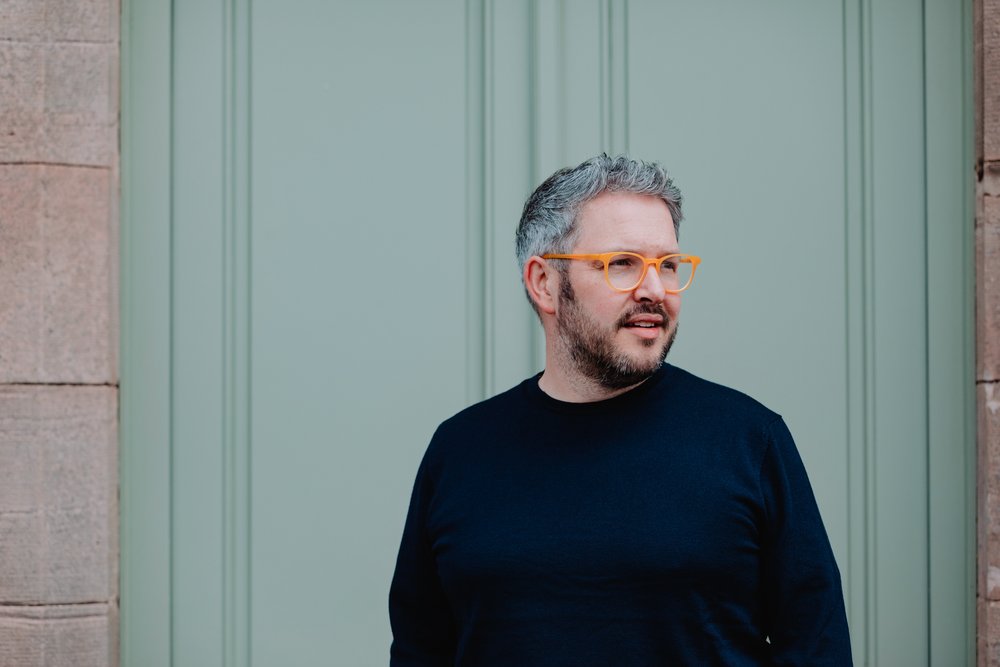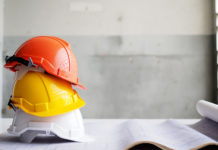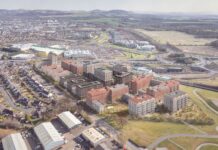
Alasdair Rankin, MD of Aitken Turnbull Architects, delves deep into the balance between healthcare provision and the built environment
THE connection between environment and wellbeing is well documented. Access to open space, an opportunity to engage with nature, fresh air and exercise are all seen as essential, but how do we extend this to the built environment? With increasing pressure on our health estates – both on budgets and space – can we afford to prioritise quality of environment over simply increasing provision?
I believe that we must. In fact, I believe that the real question is can we afford not to!
Our health services are becoming larger, more specialist and more advanced where we are creating environments tailored to the delivery of specific treatments and treatment types.
As our understanding of the nature and spread of disease improves, we are developing more advanced and complicated building systems to help combat these, allowing us to monitor air quality, air leakage, temperature, lighting levels. We are automating the control systems to balance efficiency and operational requirements.
As healthcare buildings become more complex and more expensive, they typically become larger – creating a smaller number of larger campus developments brings economies of scale both in the construction and operation of services.
Innovation has always been at the heart of healthcare however I wonder if we are in danger of missing some of the very basic aspects of environmental benefits. Are we divorcing the building users from the surrounding environment?
Project budgets are often limited, and it’s seen as important to ensure funds are spent on core healthcare provision or increasing capacity. Sites are typically too small facing pressure from car parking and future development.
Buildings are large, with relatively deep plans and multiple internal spaces. Operating budgets are tight with significant maintenance requirements for plant, and internal spaces putting pressure on budgets and staffing. All of these combine to limit the opportunities for landscapes and outdoor spaces. Operationally we often see staffing issues, with reduced staffing levels or difficulty fully filling shift rotations.
This naturally sees patient safety and immediate care needs prioritised, which in turn limits opportunities for those patients who would require support in accessing outside spaces where they are provided.
We know that cleanliness is important in healthcare settings. The risks created for patients, especially those who are ‘immunosuppressed’ from secondary infection are real. In some cases, the severity of the secondary infection can be greater than the original one that was being treated.
However, we balance this with open access to healthcare, with the benefits of allowing visitors all of which increases the risk of infections entering the environments. The default approach to balancing these two competing demands is often to sacrifice the quality of the interior environment.
The lowest common denominator in this battle is often ‘cleanability’ If surfaces are easily wipeable this tends to satisfy the requirements. The view on what this means is unusually narrow. Surfaces are typically hard, shinny, plasticised or coated to allow them to be easily cleaned with chemical products.
In doing this we un-wittingly set rules that govern the feel of the interior environment. We produce spaces that are acoustically harsh, that have higher levels of reflectance, that are typically cold to the touch, that are hard with limited cushioning. These spaces feel cold and impersonable, they feel stark and unwelcoming, often in direct opposition to the welcome and care provided in the spaces.
We lose the benefits of texture, of some connection to nature through plants or materiality, of warmth and a softening of the acoustics and feel of the space.
Another component of an engaging and positive environment that is often omitted is integrated art. There was a time when all healthcare projects had a minimum of 1% of total project budget spent on art for the project. This mandatory requirement has now gone. The Kings Fund point to growing evidence of the health and wellbeing benefits of art in a health care setting.
I think the combination of budgetary pressures and this ‘medicalised’ approach have contributed to the limited amount dedicated art programmes in projects.
All of these elements have combined to impact on the quality of environments that we are able to deliver. While it is difficult to dispute the importance of focusing the limited funds on core healthcare goals the cumulative effect of all of these pressures is the reduction of the environmental benefits of the buildings.
We’re no longer looking at the building as a key part of the care provision, it is simply a setting in which advanced care takes place at the hands of medical professionals and volunteers. We’re not trying to leverage the benefits that the building can provide through simple strategic and planning decisions, through pragmatic design decisions and through engagement to develop stakeholder led art and landscape programmes.
My view is that we need to have coordinated thought on the guidance and regulation around healthcare design. Currently the various different documents are compiled utilising best practice in relation to that specific item or disciple. While this is logical, it leaves often competing requirements and removes some of the humanity behind how we would want to approach developing these buildings.
None of this is intended as a criticism of those who provide healthcare or those who commission, deliver and maintain healthcare environments. The organisations and processes involved are complex and the financial implications are eye-watering.
The huge amount of work that goes into simply sustaining the estate and delivering vital care takes all of the time, energy and money available. Despite the facilities that they operate from, despite the shortage of real estate and staff, the sector continues to provide care and help for the most vulnerable. It just feels like it should be easier, that the buildings and environments should be contributing to the solution.











